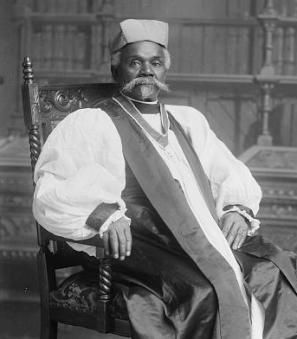The Real Story Behind "The Exorcist"
One of the most famous movies set in Washington is The Exorcist, the 1973 tale of a Roman Catholic priest's struggle to save a 12-year-old girl named Regan (Linda Blair) from demonic possession, which transfixed theater-goers with its phantasmagoric gore. The William Friedkin-directed film not only was a box office smash, but also became the first horror film ever nominated for Best Picture at the Academy Awards, and four decades after its release, The Exorcist and its D.C. connection continue to resonate in the public imagination.
Case in point: The film's shocking climax, in which the protagonist, Father Damien Karras (portrayed by Jason Miller) takes the demon Pazuzu into his own body and is hurled to his death, has turned the steep set of steps in Georgetown where it was filmed into a macabre local landmark.
But The Exorcist has another, even more unsettling connection to the Washington area. William Peter Blatty, who wrote both the screenplay and the bestselling 1971 novel from which it was derived, was inspired by an actual case in which a 14-year-old boy purportedly was possessed by the devil, which occurred in Prince George's County 65 years ago.
The real exorcism was the subject of a front-page story in the Aug. 20, 1949 edition of the Washington Post, "Priest Frees Mt. Rainier Boy Reported Held in Devil's Grip." That article apparently caught the eye of Blatty, who at the time was a student at Georgetown University. Decades later, writer Thomas B. Allen reinvestigated the story in a 1993 book, Possessed: The True Story of An Exorcism. Allen's account is based in part upon a long-secret diary kept by one of the Jesuit priests who participated in the exorcism, which was made public a few years ago by the St. Louis University library. (The diary notes that the boy and his family actually came from Cottage City, a small community adjacent to Mount Rainier.)
According to Allen's book, the victim in the case, whom he calls "Robert Mannheim," was the son of a federal government worker who enjoyed playing with an Ouija board, a game in which a player tries to communicate with spirits in the hereafter. The first sign that something might be wrong came in January 1949, shortly after the boy supposedly tried to contact a recently-deceased aunt with the board. The boy and his grandmother noticed a dripping sound in the house, and saw a painting of Christ shaking violently. Before long, the family reportedly was plagued by other strange phenomena, including a Bible that seemed to rise from a bookcase and land at the boy's feet. On another occasion, a large stuffed chair in which the boy was sitting supposedly rose into the air and flipped over, dumping him. On another, a rocking chair in which he was sitting began spinning like a top. Gradually, things grew even weirder. At night, heavy furniture in the boy's room began to move, and the family heard him screaming obscenities in his sleep. After a doctor, a psychologist, and other experts examined the boy and could find nothing wrong, the family turned to demonic possession as a possible explanation, and since they were Lutherans, contacted a minister from their denomination in Washington, DC for help.
Initially, Rev. E. Albert Hughes, from St. James Catholic Church in Mount Rainier, saw the boy and gave his family blessed candles and a bottle of holy water — only to have the boy's mother call him back, frantically, to report that some mysterious force had picked up the bottle and smashed it and that the candle flame had shot up to the ceiling. When the priest went to the family home, he reportedly heard the boy, who had never studied Latin, utter a phrase in that language, which translated to "O priest of Christ, you know that I am the devil. Why do you keep bothering me?" Hughes sought the advice of his superior, Washington Archbishop Patrick A. O'Boyle. According to Allen's book, Boyle authorized Hughes to undertake an exorcism. In late February 1949, at Hughes' behest, the boy was admitted to Georgetown University Hospital, where the priest attempted the rite — only to have the boy pull a spring from the bed and slash his arm, seriously injuring him. After the boy's discharge, his parents took him to St. Louis, where they had relatives. There, messages in blood began to appear on his flesh.
In March 1949, in St. Louis, the Rev. William S. Bowdern and Rev. Walter Halloran again attempted to exorcise the demon from the boy. While the events that followed weren't as horrific as those in the novel and movie, they were still plenty bizarre. The subject's demonic manifestations included having the word "Hell" appear on his flesh, and he suffered violent gyrations. (Oddly, in his sleep, he also sang "Old Man River" and "Swanee" in a "high pitched voice with tremendous volume.") During one session, he threw a punch so powerful that it broke the Halloran's nose. ("The little boy would go into a seizure and get quite violent," Halloran told the St. Louis Post-Dispatch in 1988.) According to the diary, it took four men to hold the boy down. During moments of lucidity, the boy told the priests that he saw himself fighting "a huge red demon who felt slimy and was very powerful." The creature was attempting to prevent him from escaping from a fiery pit.
But finally, by mid-April, the demon had vanished. A follow-up entry in the diary, dated August 1951, noted that the victim was now "a fine young man" with no difficulties. A British newspaper, the Daily Mail, reported in 2013 that the victim had gone on to raise a family and have a career in government service and that he still lived in Maryland. Local occult historian Mark Chorvinsky, who wrote about the case in this 1999 Strange Magazine article, made a case that the boy faked the demonic possession.
Bowdern, who died in 1983, never publicly spoke about his role in the exorcism. Halloran, who subsequently served as a paratrooper chaplain during the Vietnam war and won two Bronze Stars for heroism, did eventually talk about his role in newspaper interviews before his death in 2005.


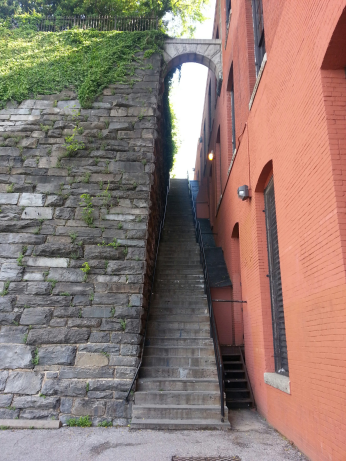
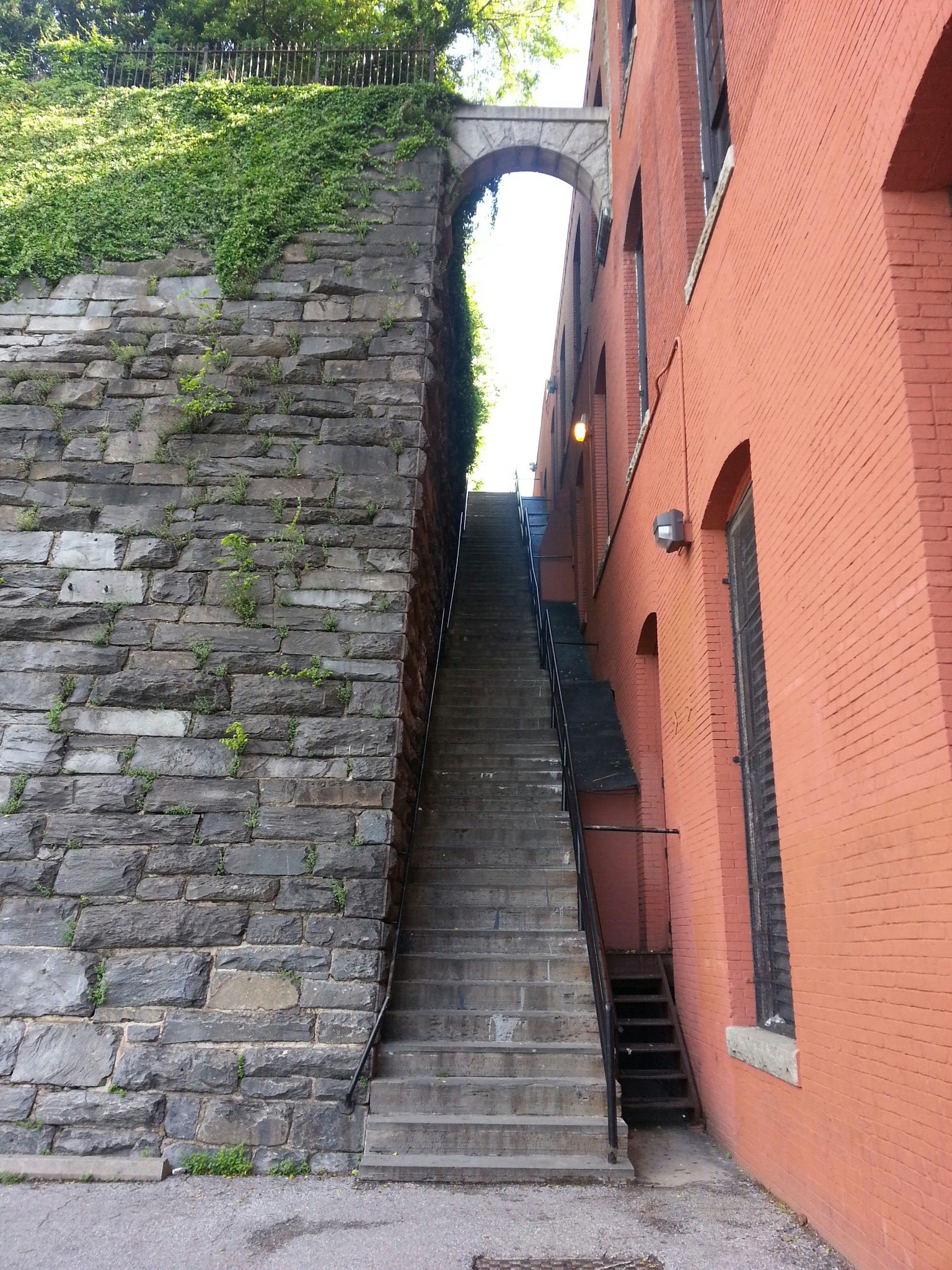
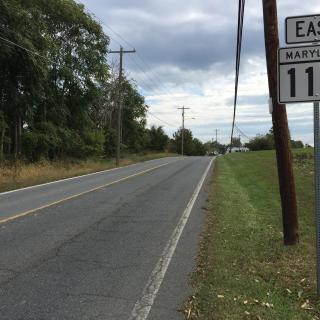

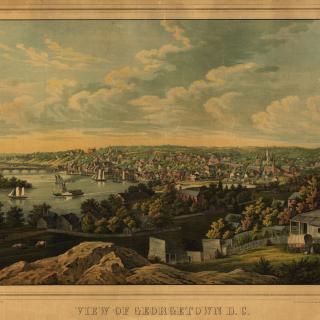
![Sketch of the mythical fuan by Pearson Scott Foresman. [Source: Wikipedia]](/sites/default/files/styles/crop_320x320/public/2023-10/Goatman_Wikipedia_Faun_2_%28PSF%29.png?h=64a074ff&itok=C9Qh-PE1)











